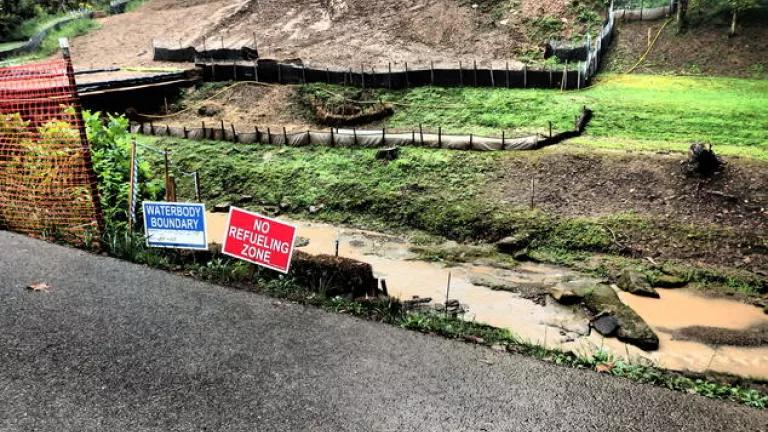Seizing a Watershed Opportunity in the Chesapeake Bay
NRDC’s plan to clean up the Chesapeake Bay and its beaches
This issue paper followed the 2009 release of NRDC's annual nationwide beachwater quality report, Testing the Waters, by zooming in on the Chesapeake Bay. As the largest estuary in the United States -- and the third largest estuary in the world -- the Chesapeake Bay is home to a wide range of wildlife and is an important resource for the millions of people who live, play and work in the region.
On the heels of reports from seven federal agencies commissioned by President Obama to clean up this national treasure, this issue paper delves into the sources of pollution that are undermining the health of the Bay and provides recommendations for mitigating them. From dangerous algal blooms, to harmful bacteria at our beaches, plastic bags clogging tributaries and economic hardships for the crabbing industry, the Chesapeake watershed and those who rely on it are in need of help. And the effects of climate change will only exacerbate these problems.
In this paper, NRDC recommended that Congress bolster the work being carried out by other branches of government and ensure a healthier future for the Chesapeake Bay -- specifically, by passing legislation to create an enforceable nutrient cap and trade program for the Bay, enacting a national climate change bill, and approving additional financing for stormwater infrastructure and beach water quality testing, Congress has not yet acted on these recommendations, but in the years since 2009, the U.S. Environmental Protection Agency has established a clean-up plan for the Bay that includes maximum limits on nitrogen, phosphorus, and sediment along with provisions for a trading program. Each state in the watershed is developing and implementing its own plan to enforce this "pollution diet" at a local level.



